Call It Art: A View from Inside the National Aerial Pole Art Championship

Credit: David Eckstein

When you hear about a pole dancing event in Hollywood, it's understandable (or perhaps even expected) to assume it has something to do with The Body Shop, The Seventh Veil or any number of strip clubs that Motley Crue sings about. But a few blocks off the Sunset Strip, in an industrial area of Los Angeles, more than 200 people gather for a celebration of pole dancing, not as an opportunity to "make it rain," but as a legitimate sport. This is what brought me to the 3rd annual National Aerial Pole Art Championship.
Tucked behind a lumber yard is Circus Disco, home to this year's competition. It's a sizable dance club that looks like it barely meets building code with exposed beams and wires crisscrossing the ceiling. Five enormous disco balls hanging from the roof slowly rotate and catch light from fluorescent bulbs as techno music pulsates. Of course, at the center of it all, two 15-foot stripper poles frame the stage. Add some burly bouncers and a parade of bachelor partiers, and this place could certainly pass for gentlemen's club even without the dancers.
Before the competition begins, I speak with Zoraya Judd, one of the championship's five judges. Judd, a professional pole dancer and instructor, calls herself a former "fat mom" who discovered pole dancing after giving birth to her second son in 2009. She's since become the winner of a slew of pole dancing titles including "Best Entertainer" at the 2011 World Pole Dance Championships and Miss Pole Dance Utah 2009. Judd and the other judges will evaluate more than 30 contestants from four different categories: Neo (emerging talents), female, male and doubles.
Call It Art: A View from Inside the National Aerial Pole Art Championship
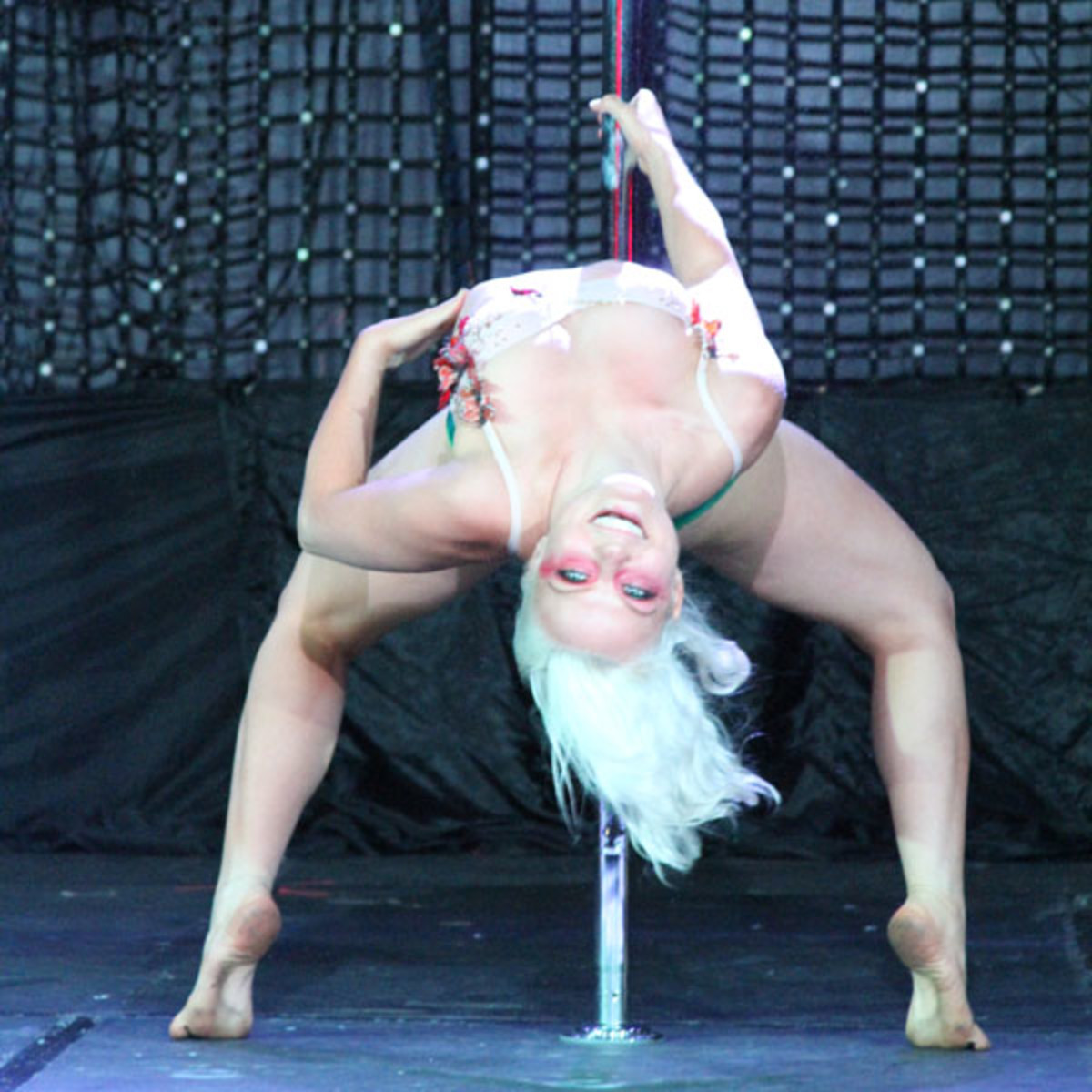
Credit: David Eckstein
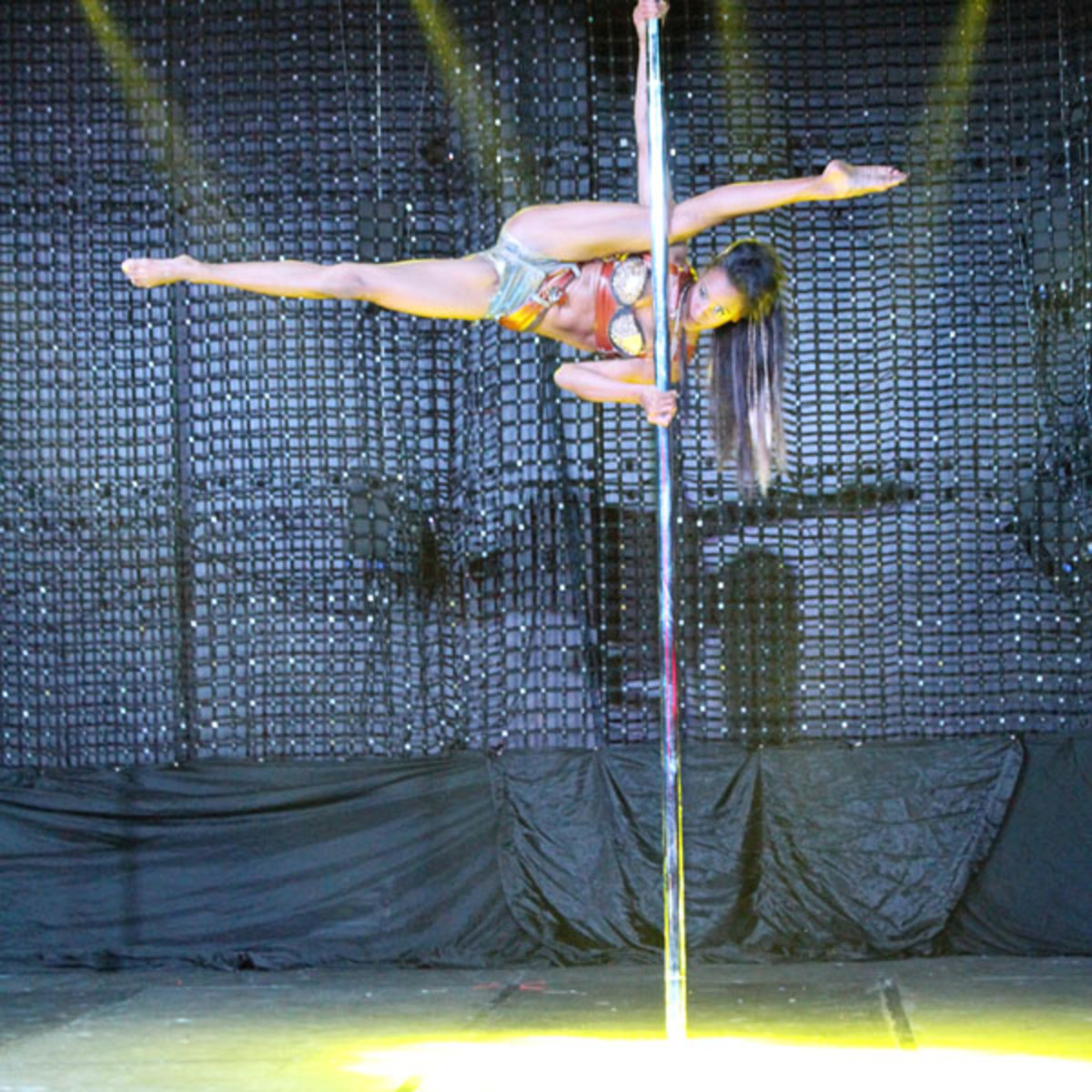
Credit: David Eckstein
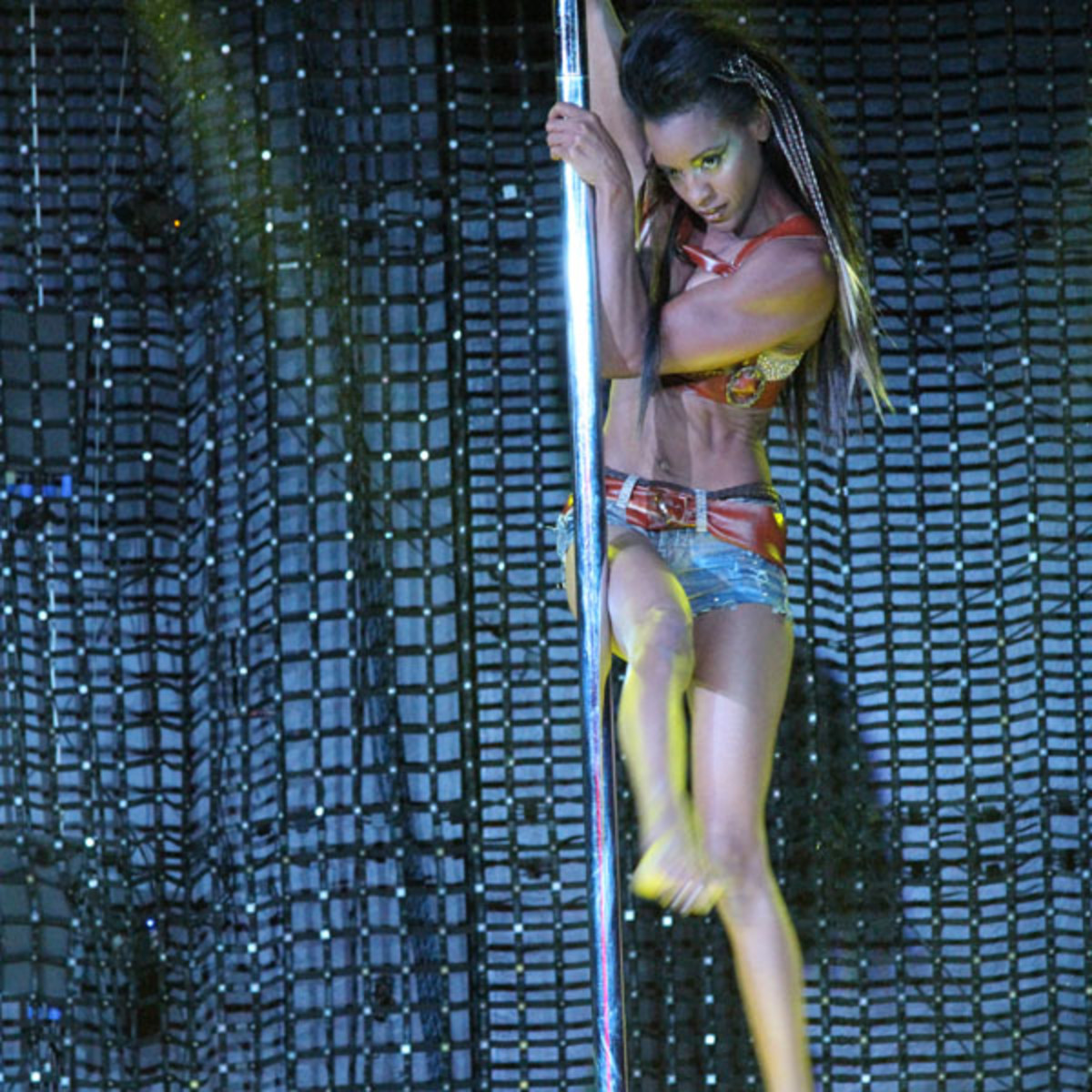
Credit: David Eckstein
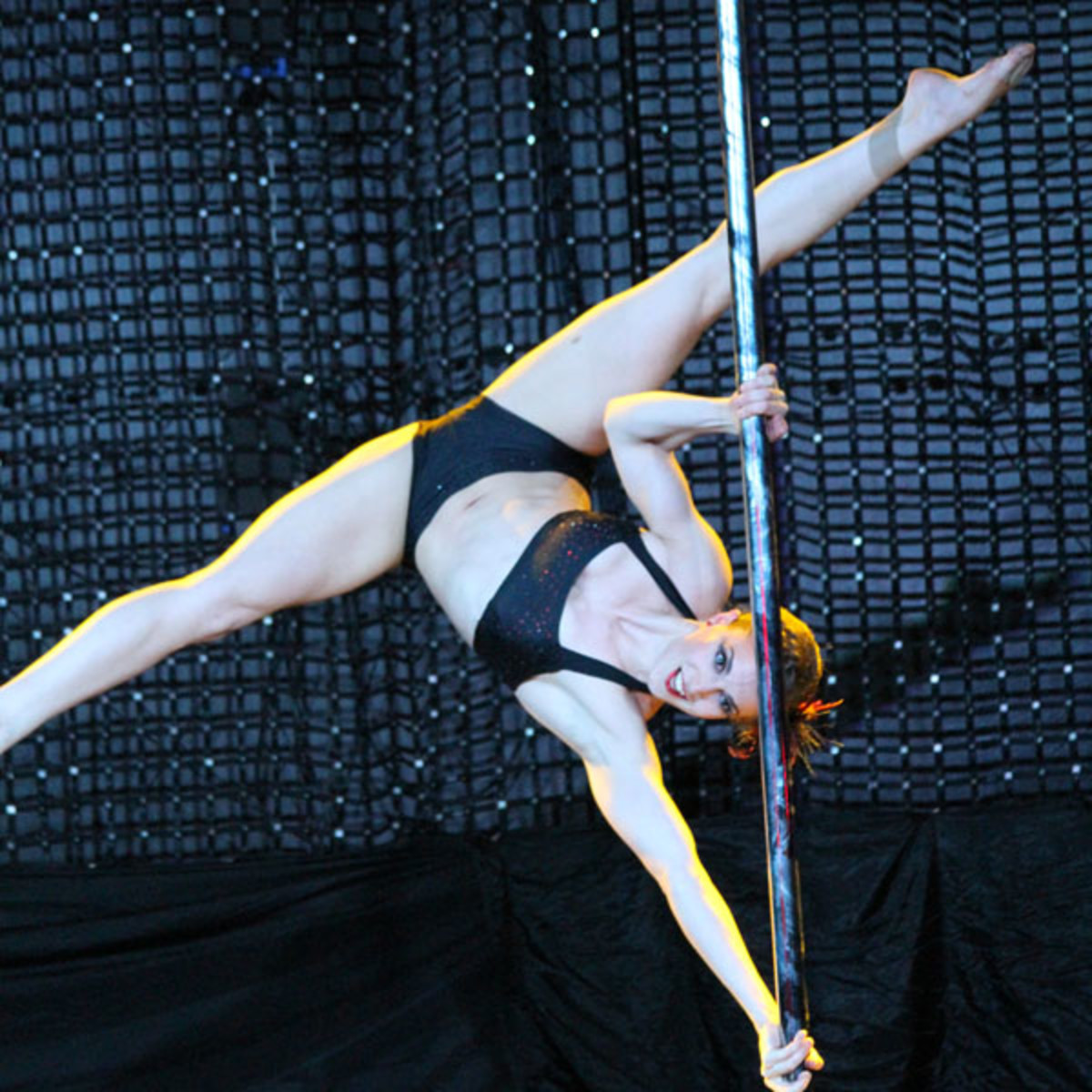
Credit: David Eckstein
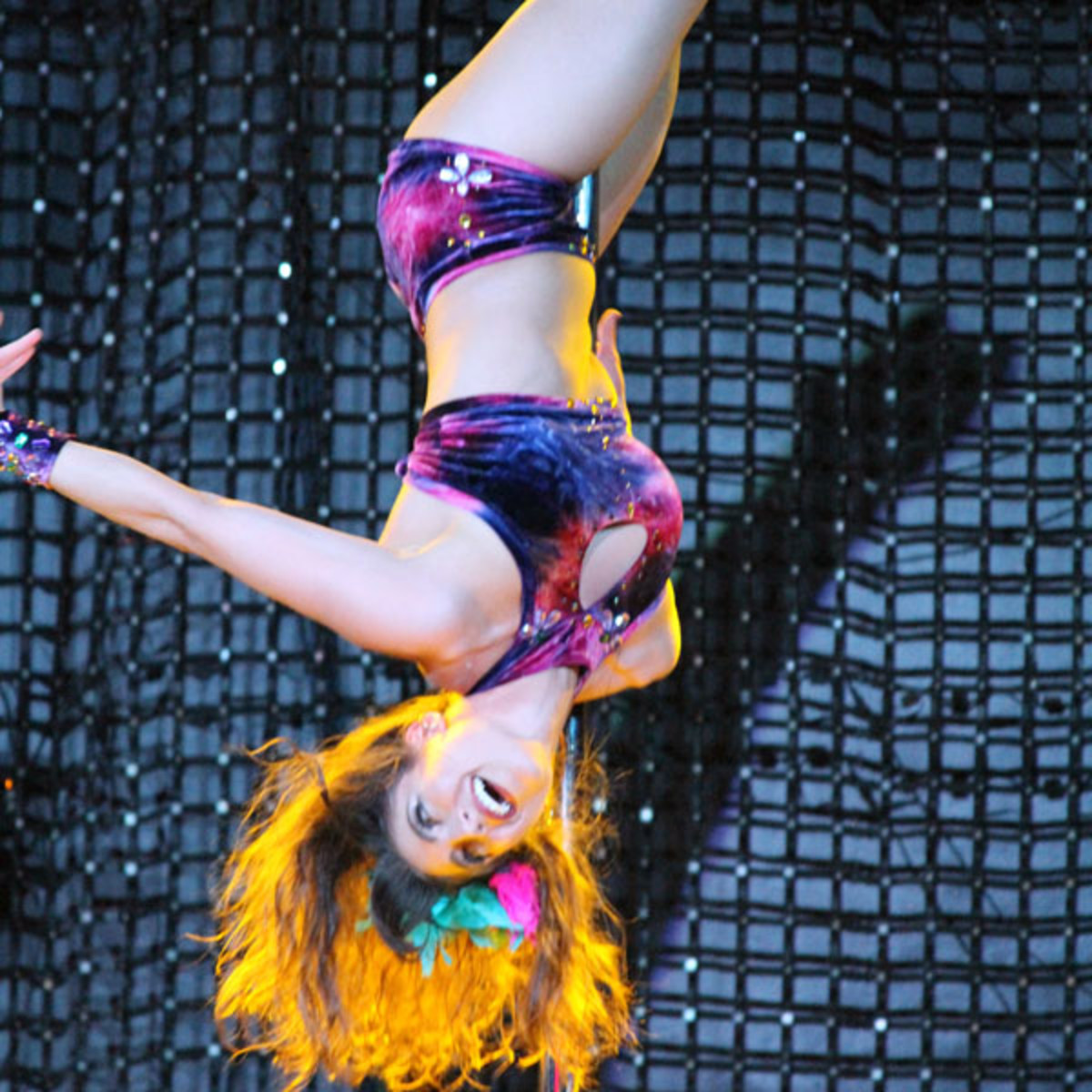
Credit: David Eckstein
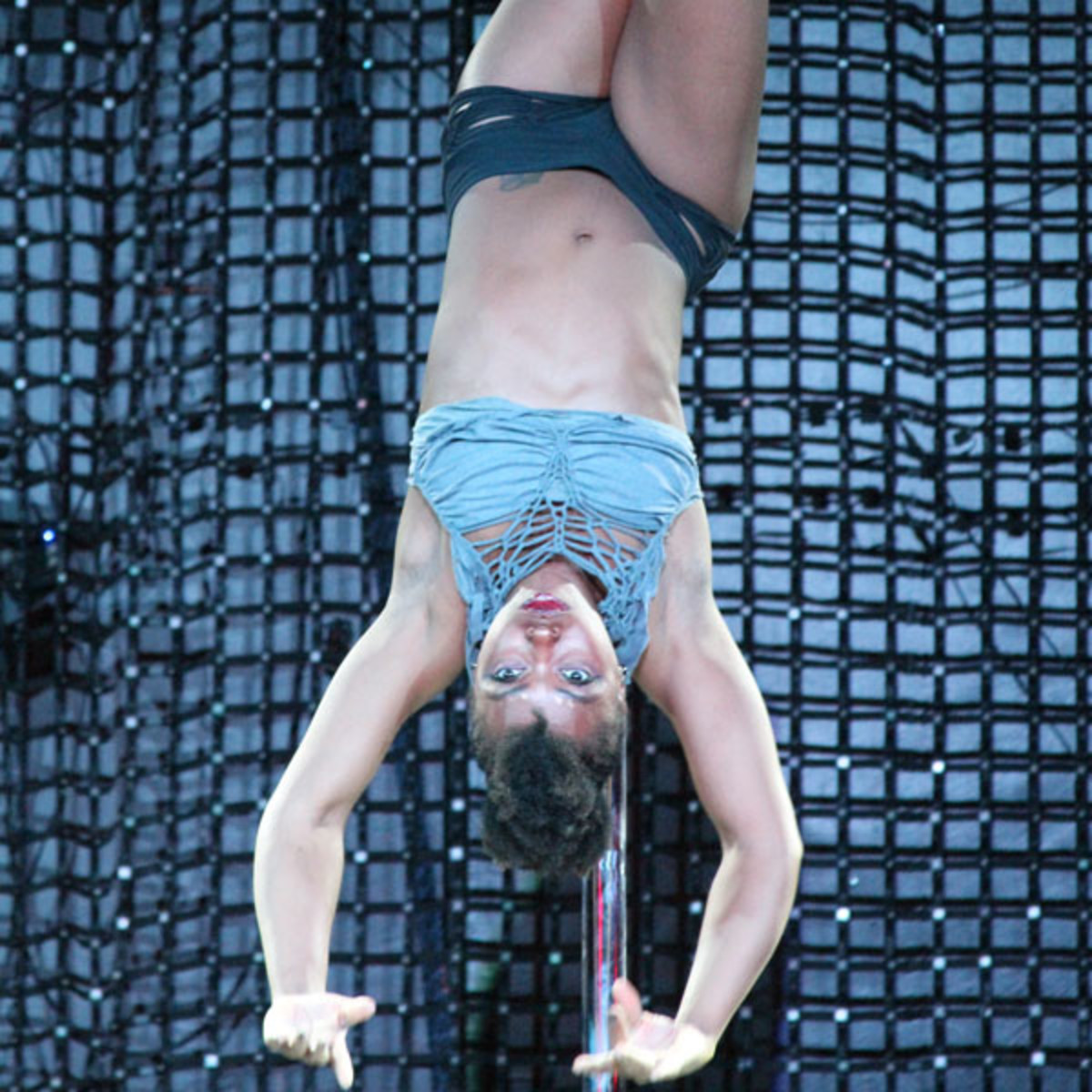
Credit: David Eckstein
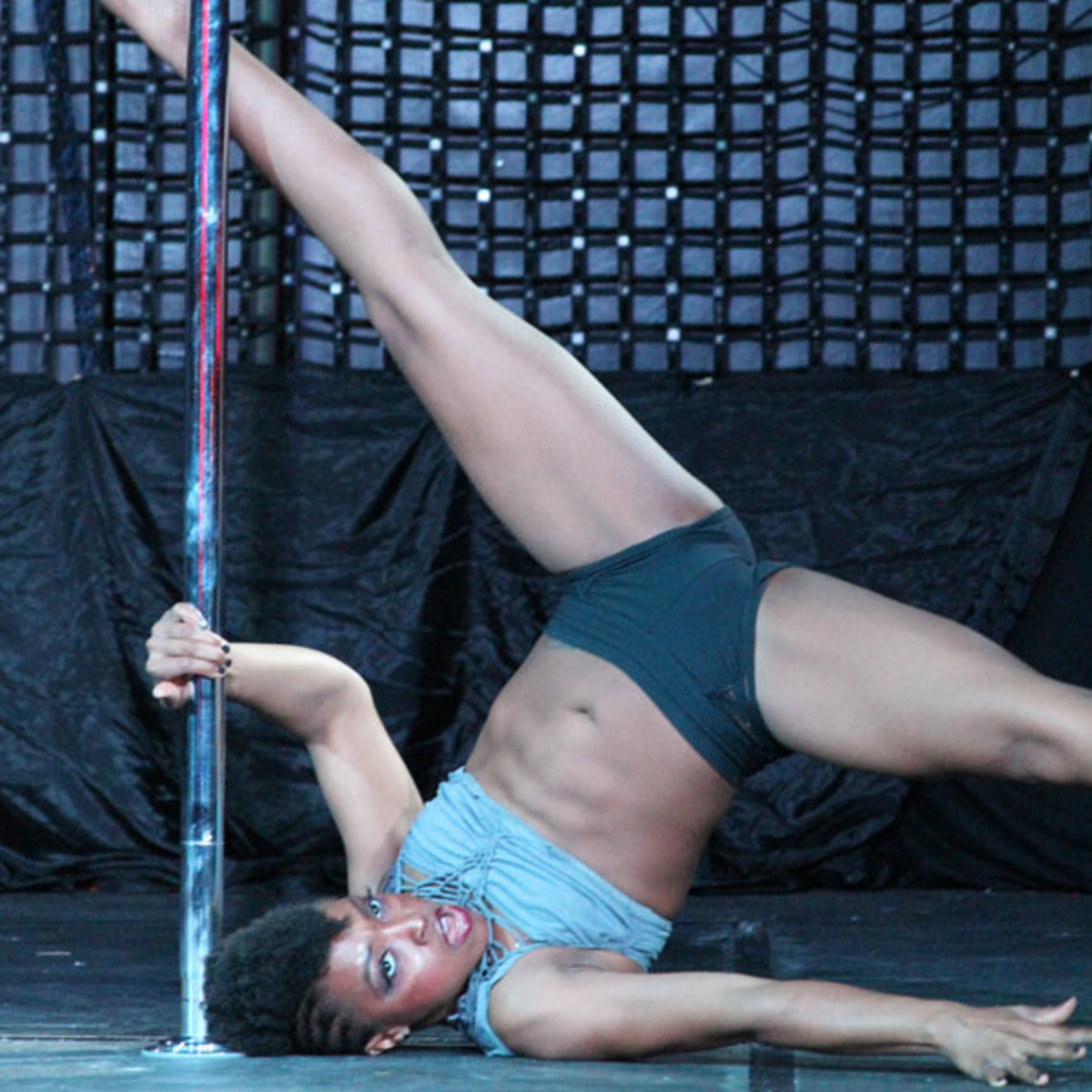
Credit: David Eckstein
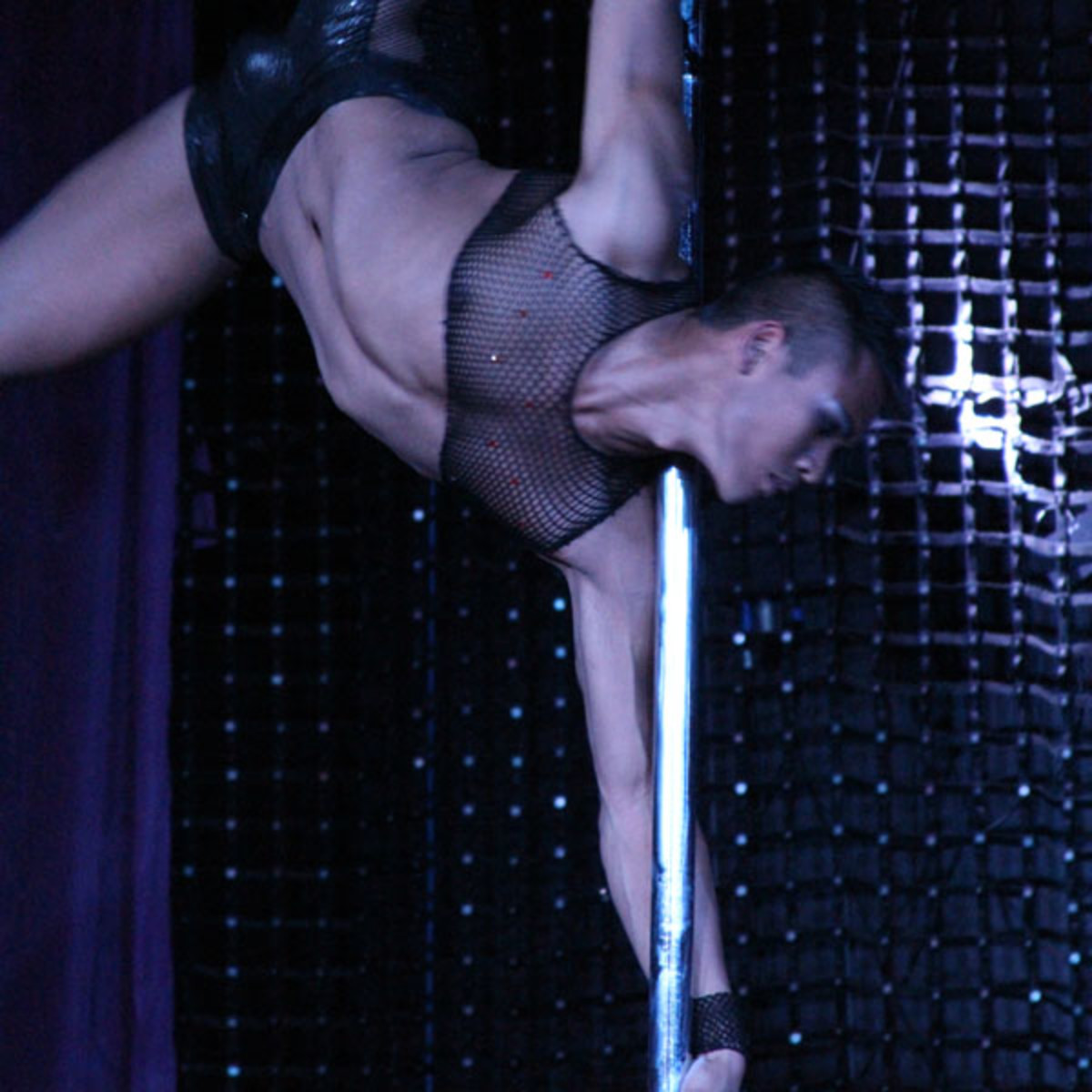
Credit: David Eckstein
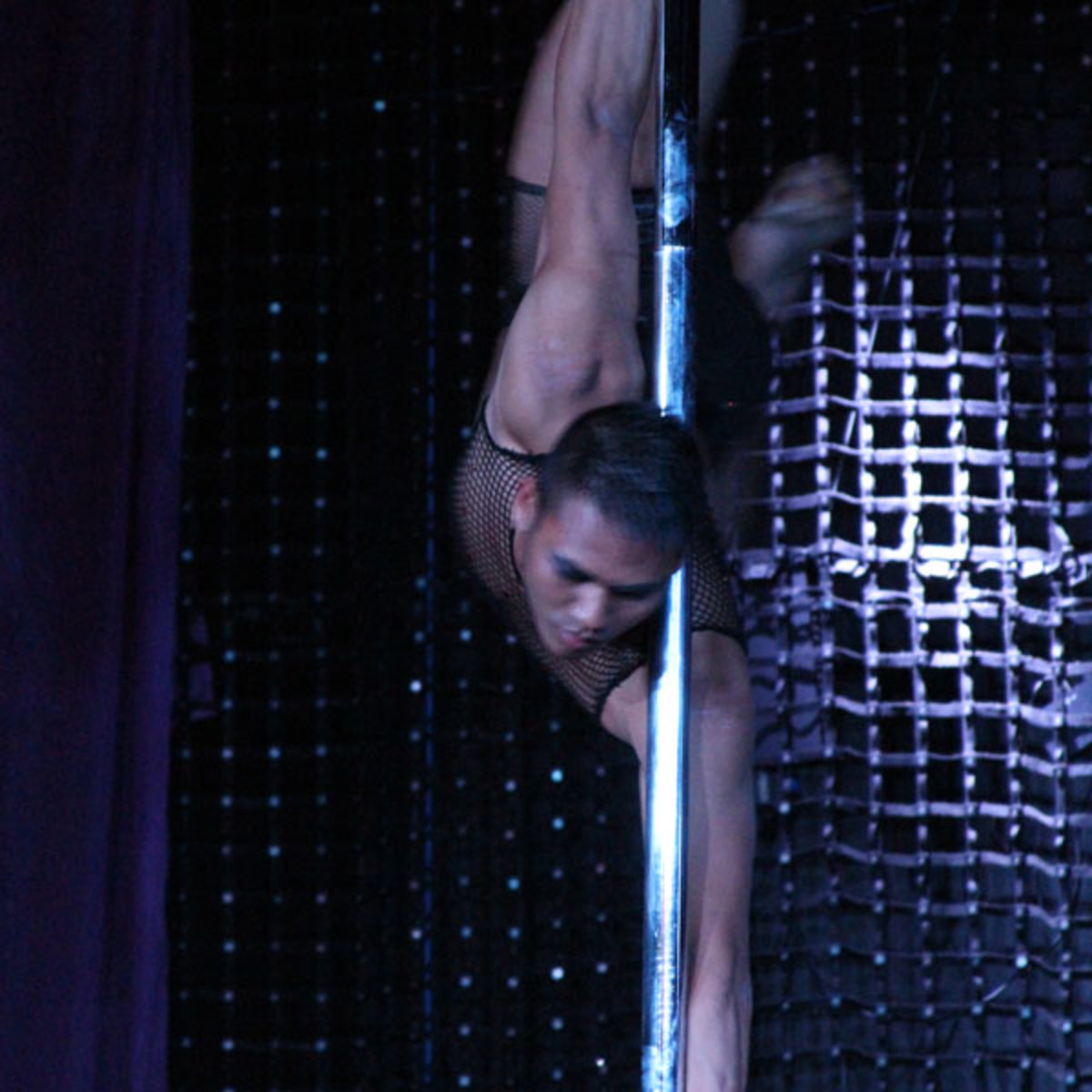
Credit: David Eckstein
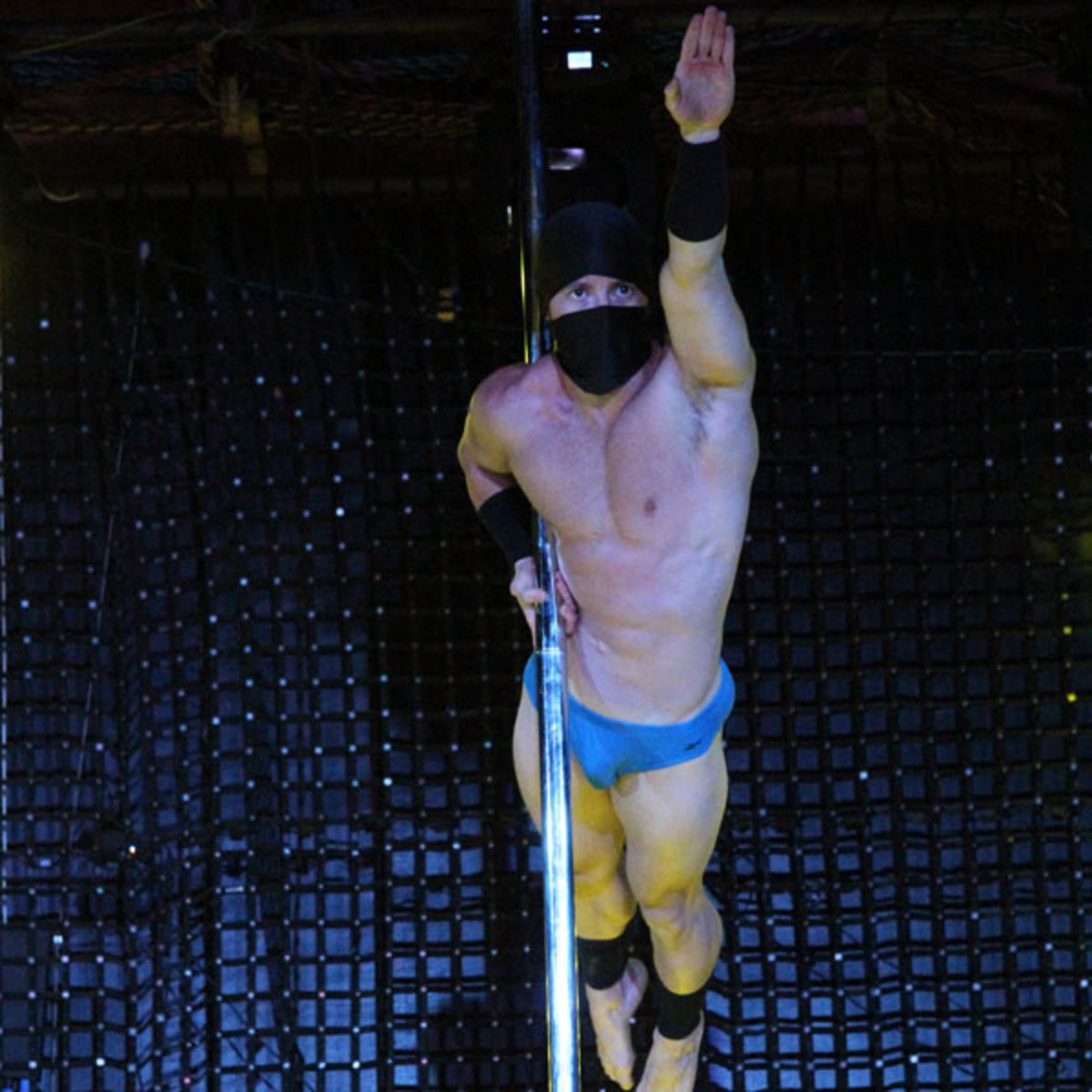
Credit: David Eckstein
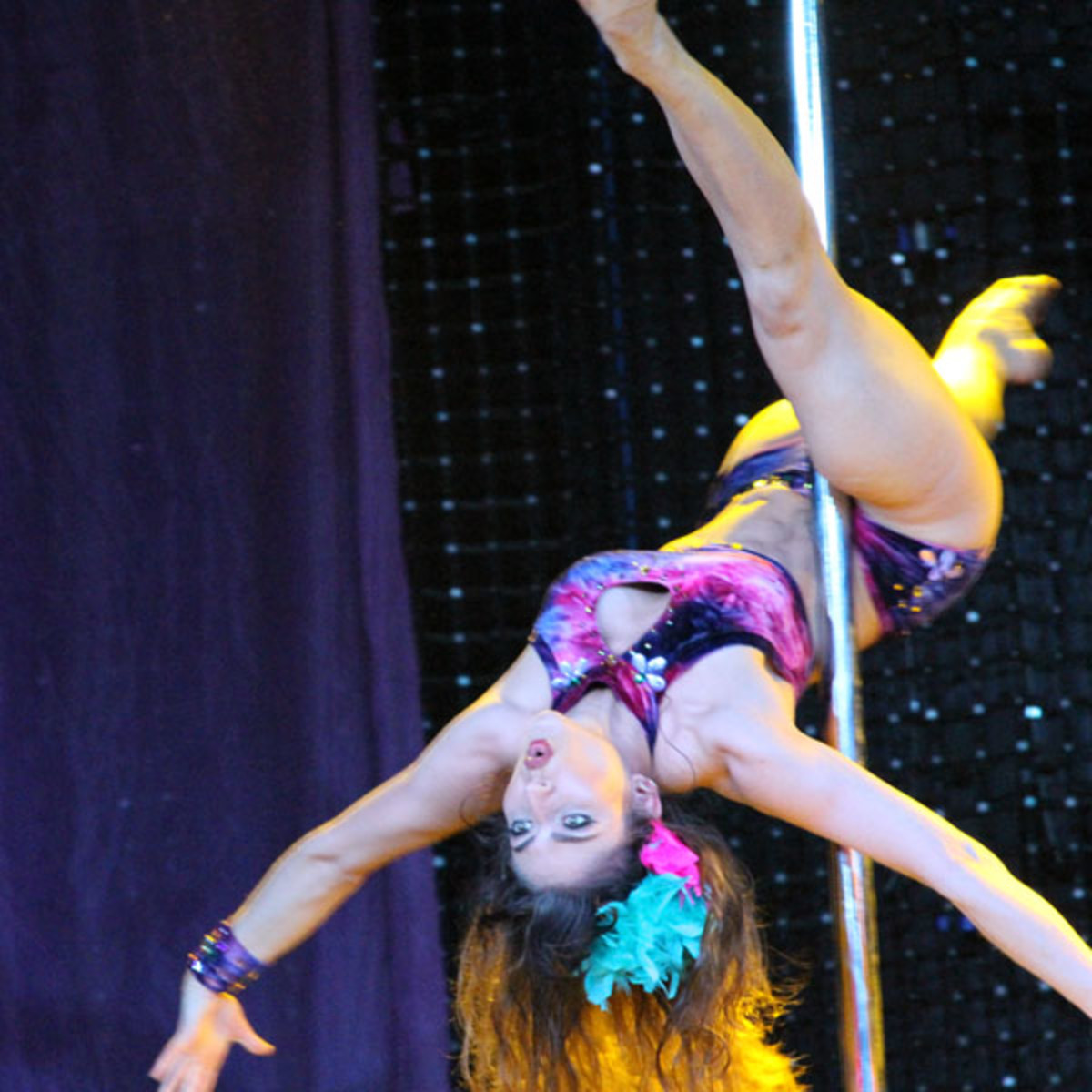
Credit: David Eckstein
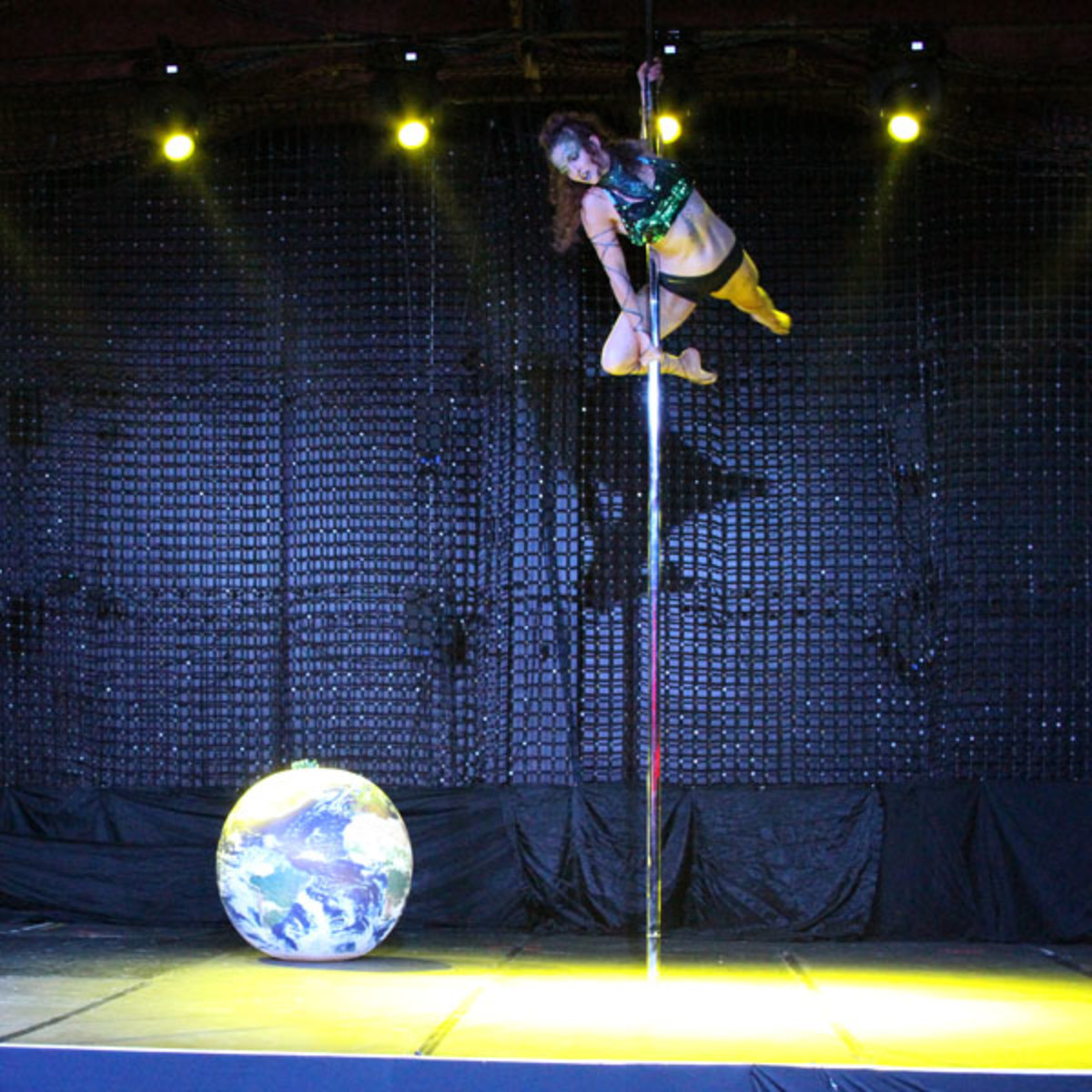
Credit: David Eckstein
As I continue my conversation with Judd, I get the distinct impression there won't be any 6" Lucite heels, thongs or women named Cherry at this event. She tells me that contestants, who are competing for the $1,000 top prize, are judged for athleticism, technical difficulty, artistic expression and choreography. Judd adds that she's also focused on "how graceful [contestants] get in and out of moves" and "pointed toes." There is no mention of any champagne room. This is serious business.
The clock heads toward the 7 p.m. start time, and the crowd, who've paid between $25 - $74 per ticket, begins to roll in. Much to my surprise, the audience is at least 75 percent female and quite the rowdy bunch. The lights go down and a smoke machine fires off a seemingly accidental wisp as the "neo" group begins. It's now that I finally see what pole dancing competitions are all about. For three to five minutes contestants push the human body -- and logic -- to its very limits with moves like the Table Top (hanging parallel to the floor), Rocket Woman (it looks like you're flying) and something called Spatchcock (a modified vertical split). In completing these poses, each participant demonstrates absurd levels of upper body and core strength not to mention flexibility. The audience roars with approval the longer contestants, such as group-winner Maggie Ann, hold gravity-defying poses or turn themselves into human pretzels.
As the performances continue, it's clear each person has their own style. One woman offers a burlesque-influenced routine. Another takes on a flapper persona. Others execute figure skating-inspired performances. Of course, not all concepts work out. One woman, donning an outfit comparable to environmental superhero Captain Planet (complete with a giant, inflatable globe), draws a mostly puzzled response from the audience. After she leaves the stage, I overhear a person near me mutter, "She must really love earth."
With my mind still bending from the flips, drops and certain chafing I'd witnessed in the neo division, the doubles groups begin. This is exactly what it sounds like: Two pole dancers teaming up for one performance. As one pair after the next perform, I realize this presents many similarities to synchronized swimming, as teammates often deliver parallel performances on each pole. While "doubles" shows an impressive level of timing and preparation, the only ones who truly captivate the crowd are the one co-ed team. But despite their sometimes bawdy show, they don't win the group.
The audience volume turns from "gymnastics competition" to "Magic Mike viewing" levels when the men hit the stage. Wearing nothing more than a blue Speedo and a Keffiyeh-style mask to conceal all but his eyes, Brandon Rosario, who's only been pole dancing for two years, gyrates and pec flexes the audience into a fevered pitch. And Rosario's outfit is the least risque of all in the men's division. MoNika Ell, the group's winner and recipient of one of only two standing ovations on the night, dons a fishnet half shirt and booty shorts while another performer delivers his routine in a BDSM leather outfit and thigh-high patent leather boots. As for the pole dancing, their performances aren't terribly thematic. Rather, they are focused on brute strength and power mixed with raw sexuality... and a few near misses with the pole.
After nearly three hours, the women's competition finally gets underway. If the rumbling from the audience is any indication, Sasja Lee is the woman to watch.
"You're gonna want to see this one," I'm told.
Unlike her broader-shouldered competitors, Lee is a sinewy woman of about 5'5". But when she takes the stage, it becomes obvious why I'm supposed to pay special attention to her. Lee not only has immediate command of the poles, but she owns the audience. She bends and balances herself from the top of the poles wearing nothing more than a leather crop top and Daisy Duke shorts. In what seems to be one of her more challenging moves, Lee does the splits vertically while holding on to the rotating pole.
Aided by a few awkward performances including an "Alice in Wonderland"-themed routine, an homage to Queen's "Bicycle Race" and one contestant's painful-looking wipeout, Lee looks to take home top honors among the 11 women. When the judges release their scores, Lee is not only tops in her group, she's secured the highest marks of the evening. And with this, she takes home the $1,000 grand prize, a paltry sum compared to other competitions, but definitely not bad for a night's work.
With the champion decided and awards all handed out, the crowd begins to disappear into the night. I'm left with just a few remaining contestants milling about and start to ponder the future of pole dancing. Will something that clearly requires athleticism and grace on the highest level ever advance beyond places like Circus Disco? Could we soon see it on ESPN? Or could it some day make it as an Olympic event like rhythmic gymnastics and trampolining?
Judd would certainly like to see what she calls a "gnarly, beautiful sport" advance to these levels, but she's skeptical given the sport's seedy origin. "It's definitely worthy of being in the Olympics. But I think it'll probably never get there," she says.
